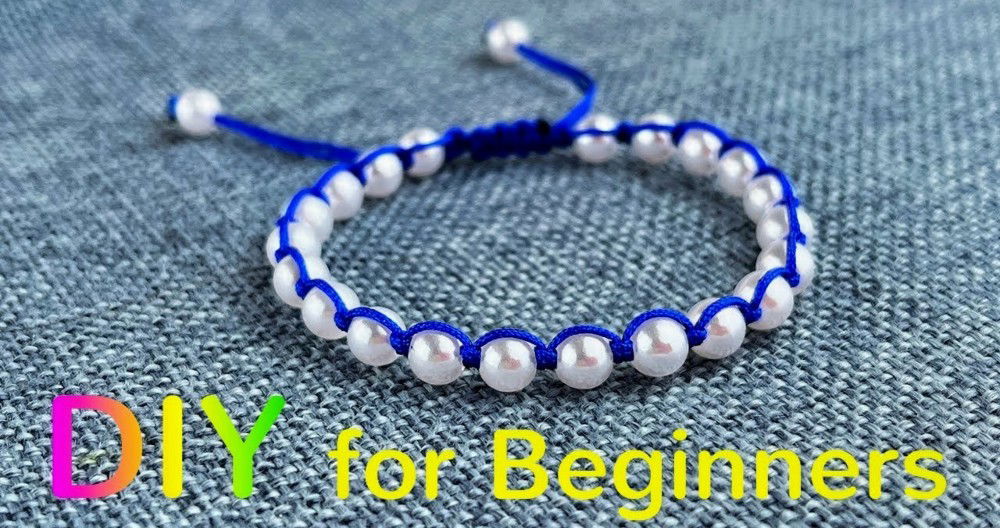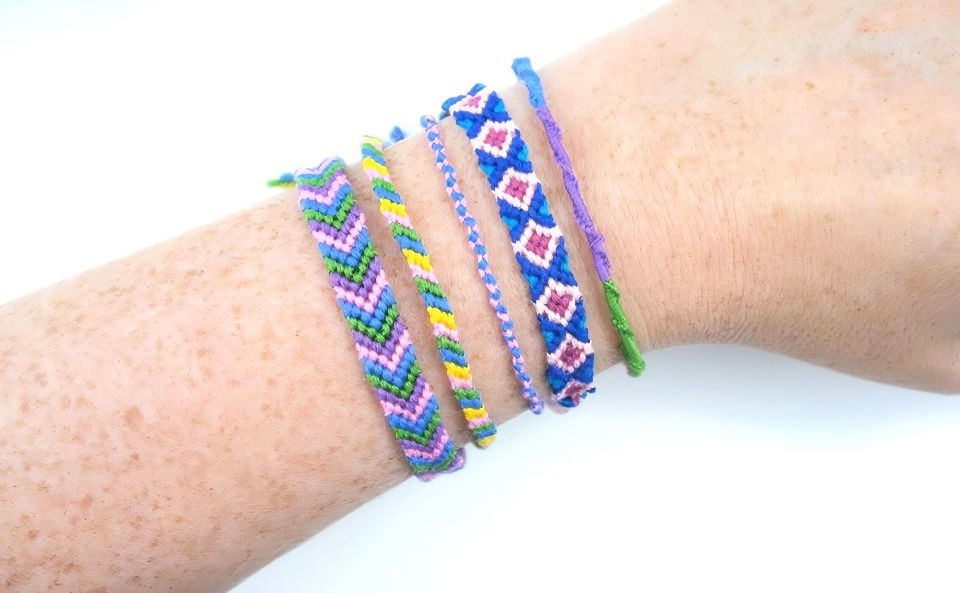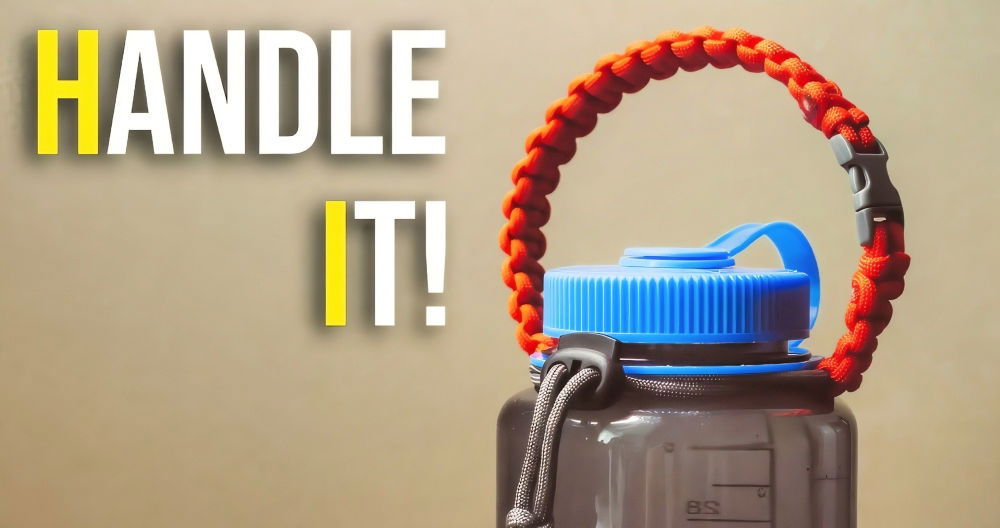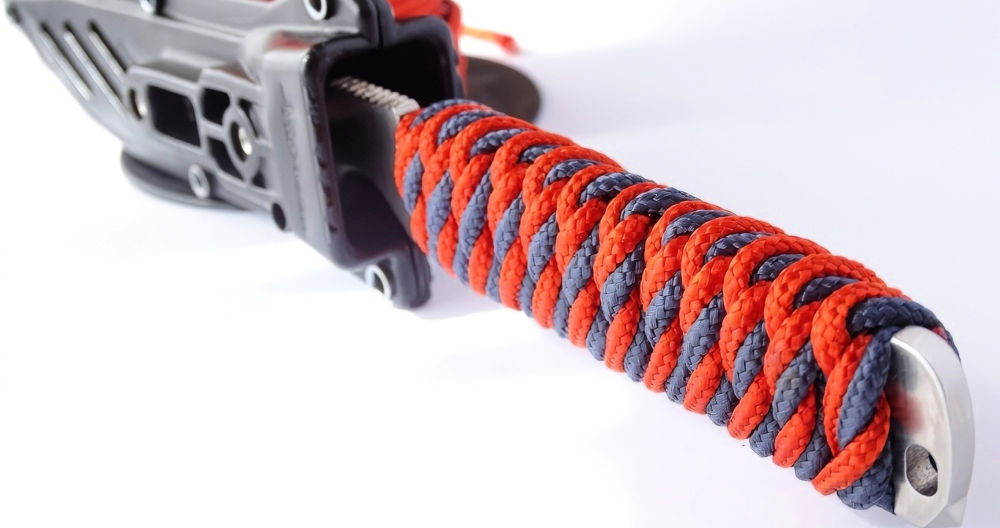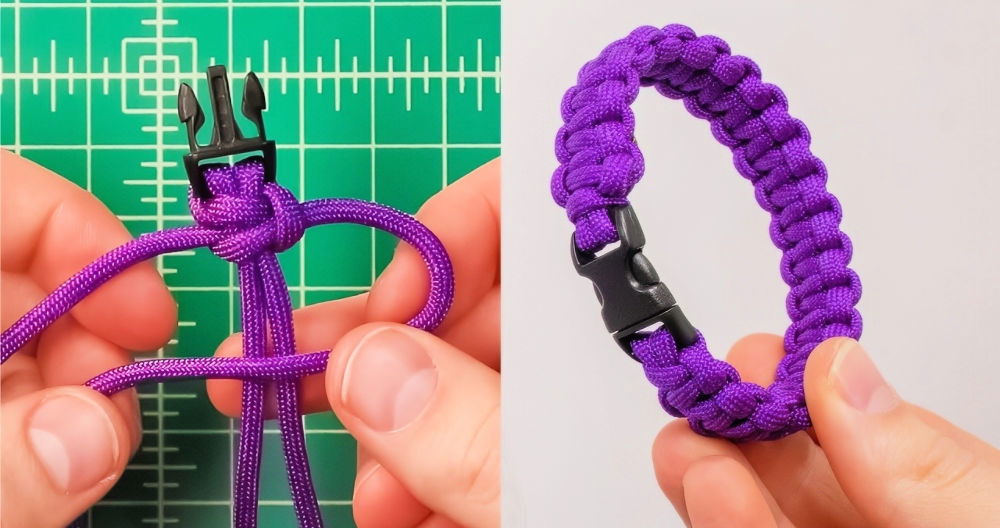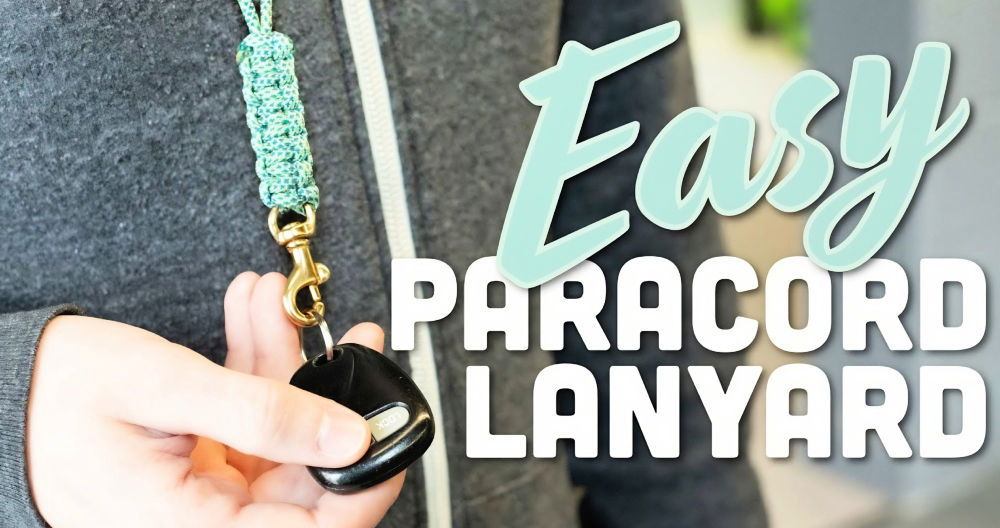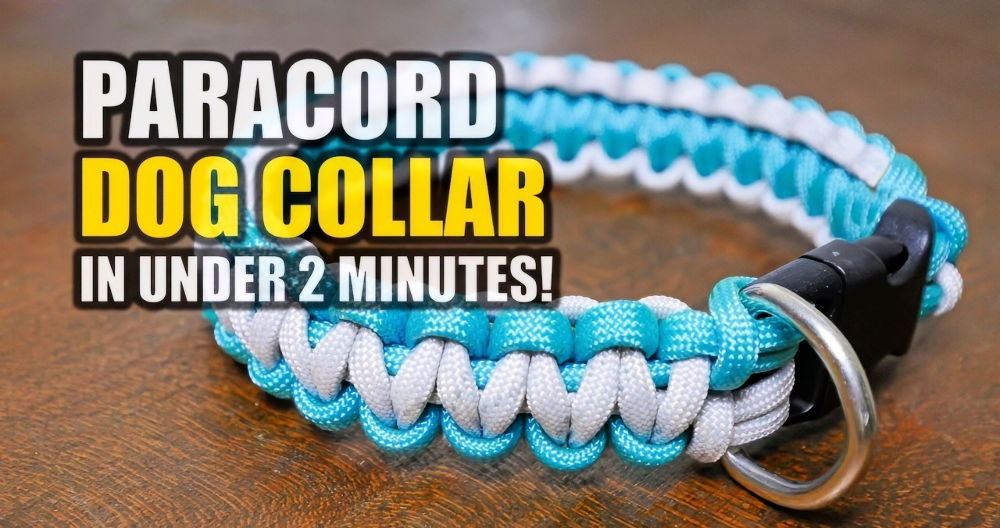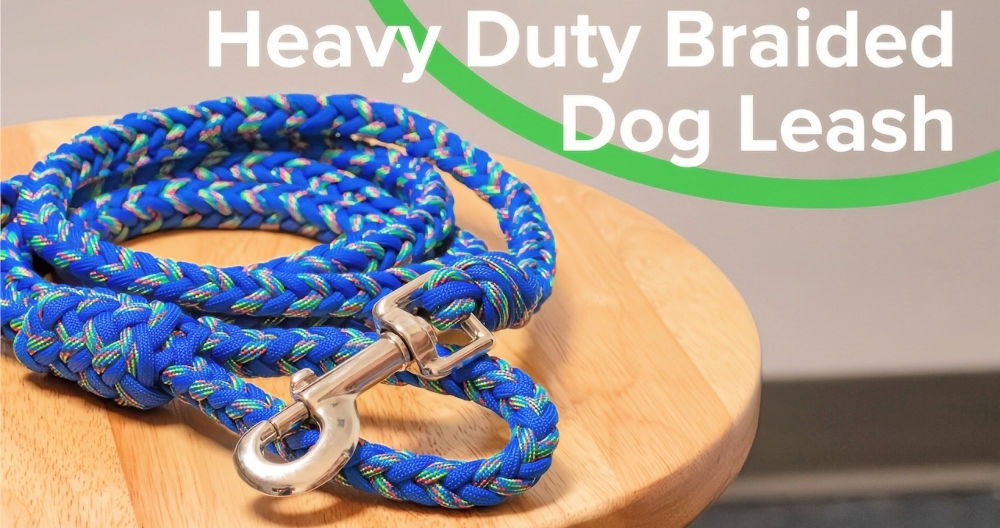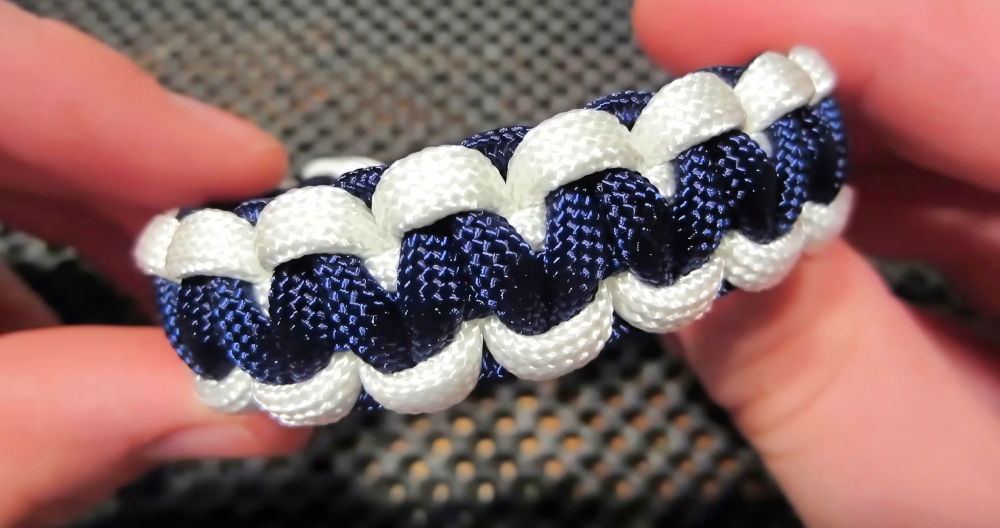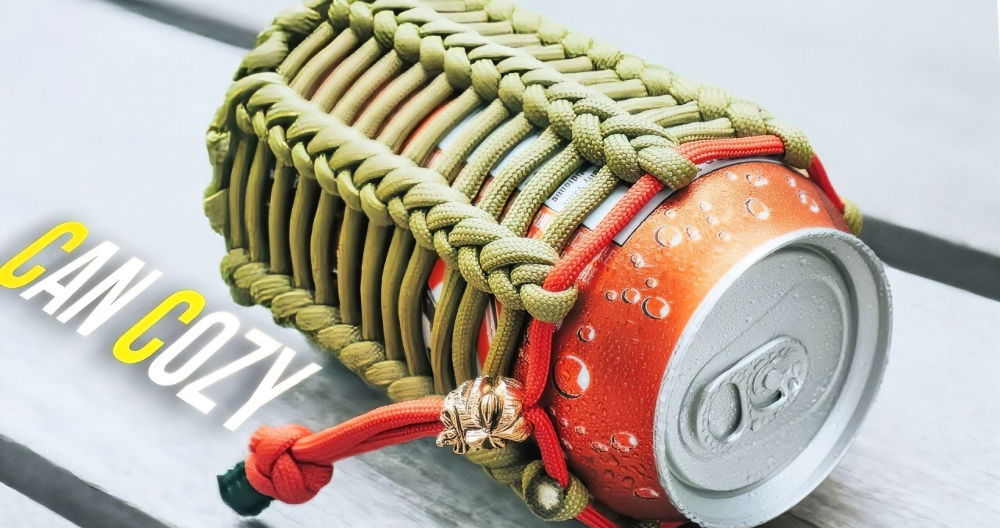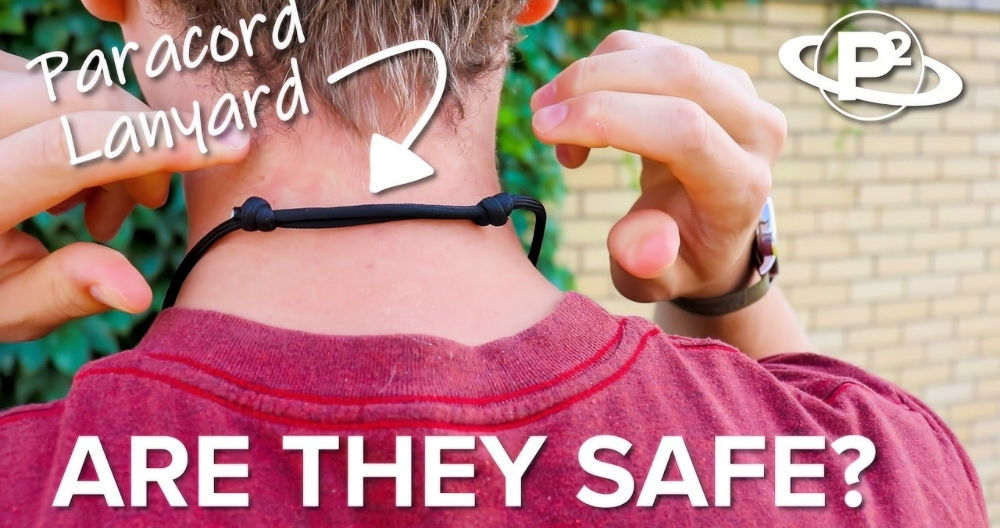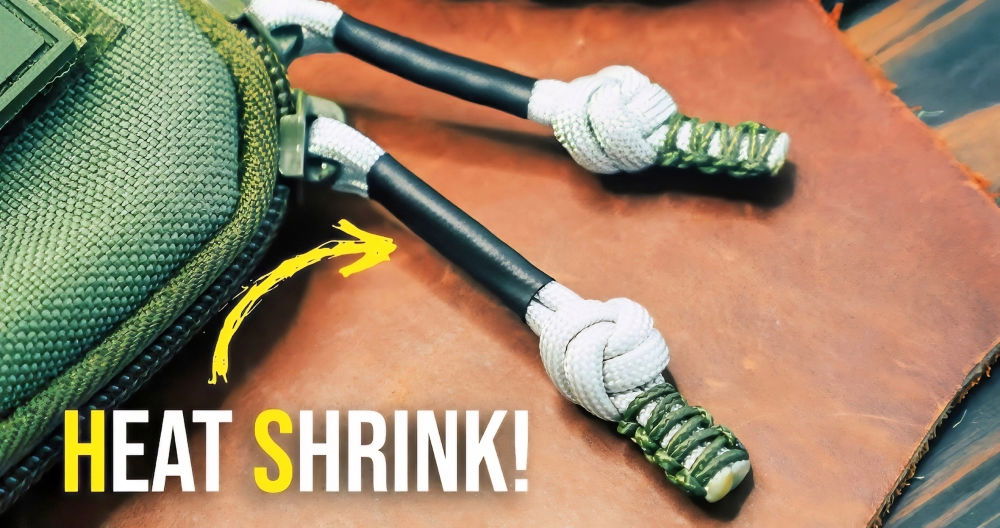Are you looking for a meaningful project that combines creativity with a tribute to firefighters? Making a firefighter-style paracord bracelet is a great way to honor these everyday heroes. These bracelets are not only cool-looking but also represent strength, resilience, and support for the firefighter community. Whether you are a firefighter, know someone who is, or just want to show your appreciation, this bracelet makes a strong and practical statement.
In this guide, this guide will take you through every step of making a firefighter paracord bracelet. From gathering the materials to following clear, easy-to-understand instructions, you'll learn how to make a bracelet that symbolizes bravery and unity.
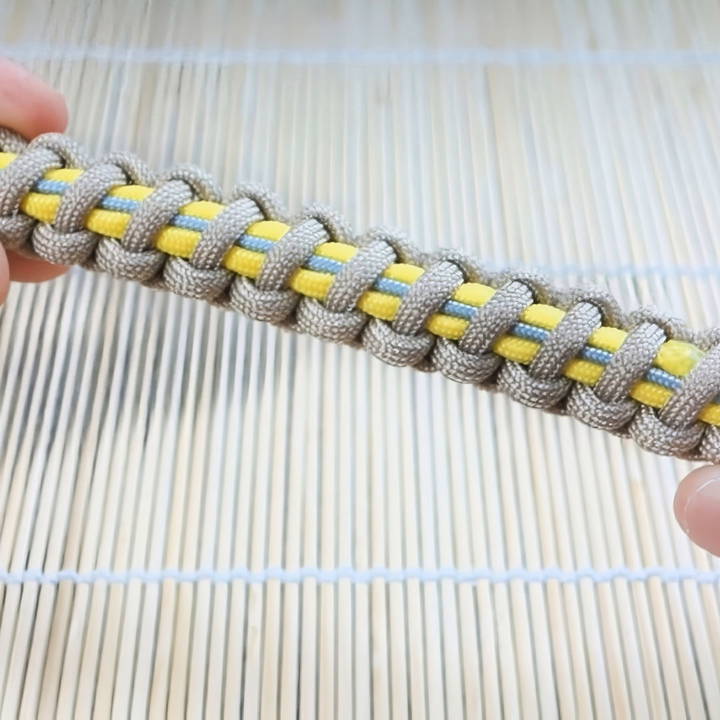
What Is a Firefighter Paracord Bracelet?
A firefighter paracord bracelet is a type of survival bracelet made from strong paracord, woven in a way that symbolizes the colors and elements associated with firefighters. Typically, it features colors like neon yellow, gray, and red – reflecting the high-visibility gear worn by firefighters.
In addition to being an accessory, paracord bracelets are also practical. The cord used can be unraveled in emergency situations to provide strong rope for various uses, making this not just a symbol of support, but a potential lifesaving tool.
Materials You Will Need
Before diving into the process, let's review the materials needed to make your firefighter paracord bracelet. You'll need:
- Paracord: The type of paracord used for this bracelet is typically 550 paracord, known for its strength and durability. For this project, you'll need three different colors: gray, neon yellow (or regular yellow if neon is unavailable), and tan.
- Buckles: A buckle is used to secure the bracelet. These can be found in a variety of sizes, but a 5/8-inch plastic side-release buckle is commonly used.
- Lighter: To seal the ends of the paracord and prevent fraying.
- Scissors: To cut the paracord.
- Measuring tape: To ensure the correct length for the bracelet.
Choosing the Colors
Firefighter paracord bracelets often include the following colors:
- Neon Yellow: Represents the high-visibility gear worn by firefighters.
- Gray: Symbolizes the strength and resilience of the firefighter community.
- Tan: Adds a neutral, complementary color that ties the design together.
The color combination can vary based on personal preference, but sticking to the firefighter theme helps make a meaningful tribute.
Step by Step Instructions
Learn to craft firefighter paracord bracelets with step-by-step instructions, from buckle prep to weaving a Solomon knot. Explore practical uses too!
1. Preparing the Buckle and Core
Start by preparing your paracord core, which will form the base of the bracelet.
- Attach the buckle to the paracord. To do this, fold the paracord in half and thread it through the buckle's slots, forming a loop. Pull the ends of the paracord through the loop and tighten it to secure the cord to the buckle.
- Repeat the process on the other side of the buckle with another piece of paracord, ensuring the cords are evenly distributed.
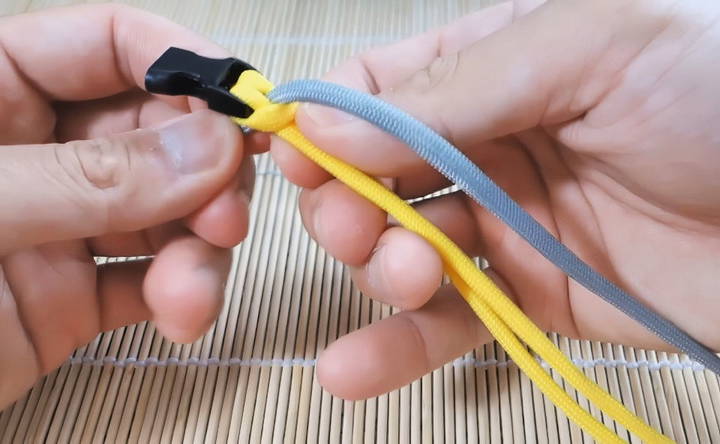
Tip: For a bracelet that fits snugly on your wrist, measure your wrist before cutting the cord. Allow for some slack to accommodate the buckle.
2. Setting Up the Colors
To achieve the firefighter theme, you'll want to arrange the colors in a specific order.
- Cut your paracord to the desired length. You'll need about 6.5 feet of tan paracord, and 10 inches of gray paracord for the core.
- Thread the gray paracord through the buckle and secure it to make the center stripe of the bracelet. This will be the accent color that runs through the middle of your bracelet.
- Position the yellow paracord alongside the gray core, ensuring it remains visible throughout the weaving process. Neon yellow is preferred for its resemblance to firefighter gear, but regular yellow will work in a pinch.
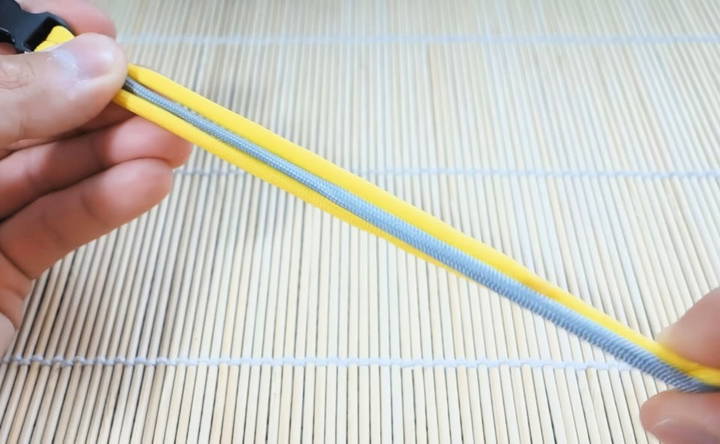
3. Weaving the Paracord: The Solomon Knot
The Solomon knot, also known as the cobra stitch, is a popular weaving technique used in paracord bracelets. In this project, we'll use a variation called the cynical Solomon weave, which adds an extra layer of complexity.
- Take the tan paracord (your main weaving strand) and double it over. Find the middle of the strand and lay it over the core of the bracelet.
- Begin by crossing the right strand over the core and under the left strand. Then, take the left strand, pass it behind the core, and pull it through the loop maked by the right strand.
- Pull tight to form the first knot. The key is to alternate the sides with each knot. On the next knot, the left strand will cross over the core, and the right strand will pass behind and through the loop. Continue alternating sides until you reach the end of the bracelet.
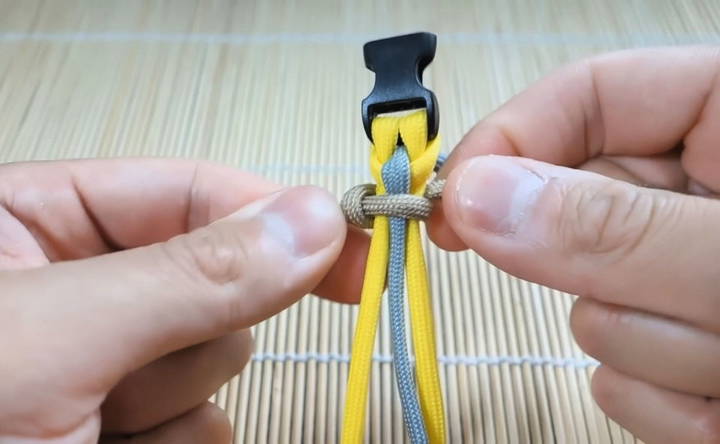
4. Adjusting Tension and Positioning
While weaving, it's important to maintain even tension to make a uniform look.
- Avoid pulling too tightly, as this can cause the paracord to bunch up and lose its neat appearance. You want the gray and yellow core to remain distinct.
- Every few knots, stop to push the weave upwards, ensuring that the paracord sits snugly against the previous knots.
Tip: Keep checking to make sure your core colors (gray and yellow) stay in alignment. This will give your bracelet a clean, professional finish.
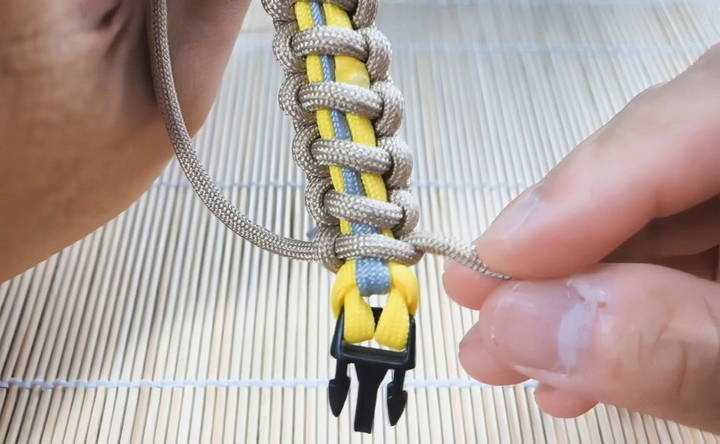
5. Finishing the Bracelet
Once you've woven the bracelet to the desired length, it's time to finish it off.
- Weave one final Solomon knot. Before tightening it completely, flip the bracelet over.
- Tuck the loose ends of the gray paracord underneath the last weave to secure them. Pull tight, ensuring everything stays in place.
- Trim any excess paracord from the bracelet. Use a lighter to carefully melt the ends, sealing them to prevent fraying.
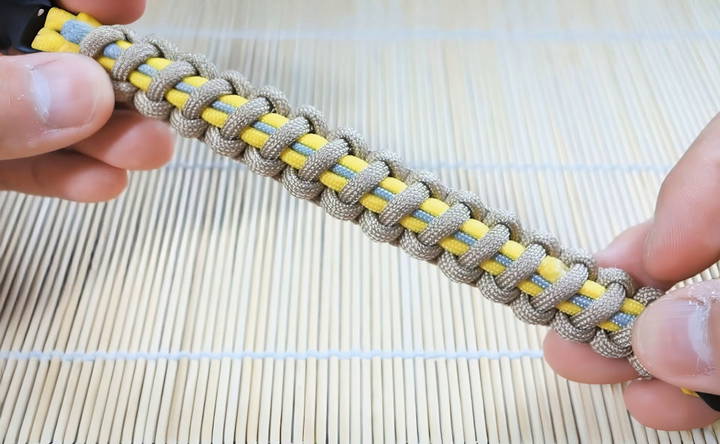
Final Touch: Once all the excess paracord is trimmed and sealed, check the bracelet for any loose areas. Adjust as needed to ensure the weave is tight and even.
Practical Uses of a Paracord Bracelet
Aside from being a stylish accessory, firefighter paracord bracelets serve practical purposes. Paracord is an extremely strong material, capable of bearing significant weight and pressure. The bracelet can be unraveled in emergencies to provide you with up to several feet of durable rope.
Here are some common uses for paracord:
- Emergency Rope: Use it to tie items together or secure gear in survival situations.
- First Aid: The cord can be used as a tourniquet, sling, or to secure a splint.
- Shelter: Paracord is strong enough to help build temporary shelters or make clotheslines.
- Fire Starter: Some paracord varieties include an inner thread that can be used as kindling to start fires.
Conclusion: A Tribute to Firefighters
Crafting a firefighter paracord bracelet is more than just a creative project; it's a tribute to the men and women who put their lives on the line every day to keep others safe. Whether you're making this bracelet as a personal accessory, a gift for a firefighter, or simply to show support for the firefighter community, it's a meaningful and functional piece.
By following the step-by-step guide above, you can make a firefighter-style paracord bracelet that reflects strength, solidarity, and appreciation. It's a simple yet powerful way to honor the bravery of firefighters everywhere.
FAQs About Firefighter Paracord Bracelets
Discover answers to common questions about firefighter paracord bracelets, including uses, materials, sizing, and care tips.
It’s recommended to use a 5/8-inch side-release buckle. However, some users prefer a 3/8-inch buckle, though it may be too small to fit the paracord. If you're struggling to fit the cord, switching to a 1/2-inch buckle can also work well.
No, you do not need to remove the inner strands of the paracord (also known as “gutting” the cord). Keeping the inner strands intact helps maintain the cord's shape and structure in the bracelet.
Yes, reflective paracord is available and can be used. Many prefer using reflective silver or gray for firefighter-themed projects to enhance visibility and authenticity.
You can find paracord on online marketplaces like Amazon and eBay. These platforms offer a variety of colors, including those suitable for firefighter-themed bracelets.
If your bracelet feels too tight or too loose, it’s essential to measure your wrist size accurately before cutting the paracord. Always leave some slack for the buckle, and adjust the tension of the weave as you go.
Yes, you can swap colors to make tribute bracelets for other emergency services. For example, using a red line for firefighters or blue for police officers allows you to adapt the design to suit different first-responder themes.
Yes, some types of paracord include an inner thread that can be used as kindling to help start fires in emergencies. However, not all paracords have this feature, so check before assuming it's included.


